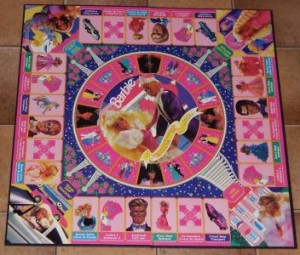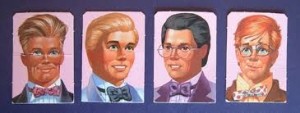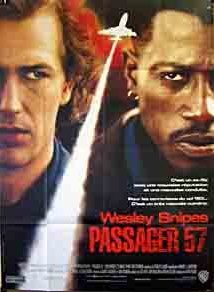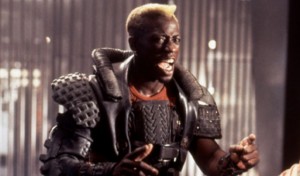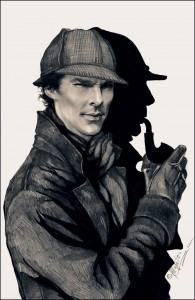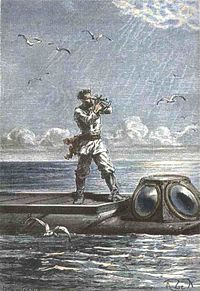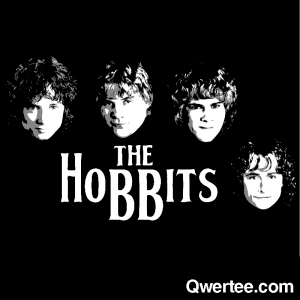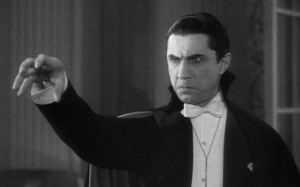If you told me that I’d write my first book in a month, I’d say, “Thanks, and here’s the beer I promised you for saying that.” Because, in truth, I had already worked on one book for three years, and in that time, I’d given it more treatments than a Beverly Hills housewife. And I hadn’t even finished writing it.
If spending three years writing one thing sounds a little nutty to you, imagine how I felt, especially being an impatient person.
It occurred to me that I had been looking at this writing thing all wrong. Well, wrong for me.
So I wiped the slate clean. I postponed writing short stories, put the labor of love novel on hold, and started outlining a new story. By piecing the new story together as a YA novel, I realized it would be easier to cut my teeth on than a dramatic literary fiction piece (which will be The Next Great American Novel… just give it time).
Instead of slaving through paragraphs, scrutinizing word usage and generally trying to make the labor of love perfect, I put all of my energy into preparing my new story. I used National Novel Writing Month (NaNoWriMo) as my diving board– no more dipping my toes in the water.
I wrote approximately 57,000 words in 28 days. More importantly, I finished writing a book.
But I couldn’t have done it without a game plan.
How to Jump-start Your Writing Routine with NaNoWriMo
Realize what writing a book in a month actually means.
Yeah, sounds like a doozy. I know. But lets do some MATHS (even though we hates it, the filthy mathsies).
Let’s say you’re planning on writing a young adult novel. The average young adult book is between 50,000 and 60,000 words. This isn’t a rule, and you’ll find plenty of books that aren’t. But it’s easier to do the MATHS if we just say 60,000.
- There are 30 days in November.
- If you write every day in the month of November (spoiler alert: you should), then you need to write 2,000 words a day.
- Don’t worry, dude. You can do that.
Realize what writing a book in a month means for you.
Clear your calendar, bro. Do not agree to take Taekwondo classes with your boss in November. Do not schedule voluntary surgical procedures during this time. What I mean to say is: make writing your top priority (or one of your top priorities). Let your boss know what you’re going to be doing. Tell your family and loved ones. Buy lots of snacks and make a little squirrel stash at your writing desk. Create a good headspace for yourself. For example, I didn’t drink alcohol during the entire month (I missed you, beer! We had a tearful reunion at the end of November).
Realize what writing a book in a month means for everyone you love.
You may daydream about November – you, all hunched over a laptop wearing your sexy, hipster bifocals with two fingers of scotch in a glass next to you while you brood at the screen. Or, this may just be you. In any event, this is what your family and/or loved ones will see: an angsty hobbit creature J.D. Salinger-ing it in its office.
You may think, around the 10th of November, that you are still speaking clearly and concisely to your wife. To her, your words are nothing more than animal-like grunts, and when you look at her, your eyes are a permanent, gazed-over haze. This is why the planning phase is so important: tell loved ones you’ll become a hobgoblin in advance. Make them promise they won’t get mad at you, leave you, call the cops on you, or burn all of your clothes.
Plan for everything.
Some important things to consider before November rolls around:
- What time of the day will you sit down and write? If you don’t make that appointed time, when is your Plan B writing time?
- Your in-laws are visiting? This is your one opportunity to say (and mean) “Ain’t nobody got time for that!” Okay. We all know that’s not going to work, so instead, explain that you’re writing an entire friggin’ novel in a month, and you’ll need some quiet and alone time every day for at least an hour.
- Crap. You missed a day. How will you make up for those 2,000 words? Write 4,000 the next day? Spread it out over a couple of days?
- Outline your entire novel in September and October. Take as much time as you need on your outline. Know the story you are going to tell so you don’t get stuck during November.
Use the tools that are available to you.
Take advantage of the NaNoWriMo website, which sends you helpful tips as the month goes on, provides tools to help you track word count, and connects you with other crazy writers NaNoWriMo participants.
NaNoWriMo may not work for everybody. But if you’re looking to jump in to your first book, finish writing a book, or set up a daily writing routine, it’s an extremely efficient practice. Remember, it’s never too late to start, and it’s never to late to try something new. You may find that concentrated bursts of writing help you complete projects and help you establish a routine that works for you.
***
Kristin Luna is a Marketing Consultant by day and writer by break of dawn. She sings to one of her cats, but the other cat doesn’t care for her voice. Kristin, a descendant of the  infamous Dread Pirate Roberts, is currently working on a Young Adult fantasy trilogy. When she isn’t contemplating marketing campaigns or writing, she’s designing handbags for gerbils, playing board games, tasting craft beers, teaching her cats sign language, reading, or getting in cabs saying, “To the library – and step on it!”. She is kidding about only two of those hobbies.
infamous Dread Pirate Roberts, is currently working on a Young Adult fantasy trilogy. When she isn’t contemplating marketing campaigns or writing, she’s designing handbags for gerbils, playing board games, tasting craft beers, teaching her cats sign language, reading, or getting in cabs saying, “To the library – and step on it!”. She is kidding about only two of those hobbies.

